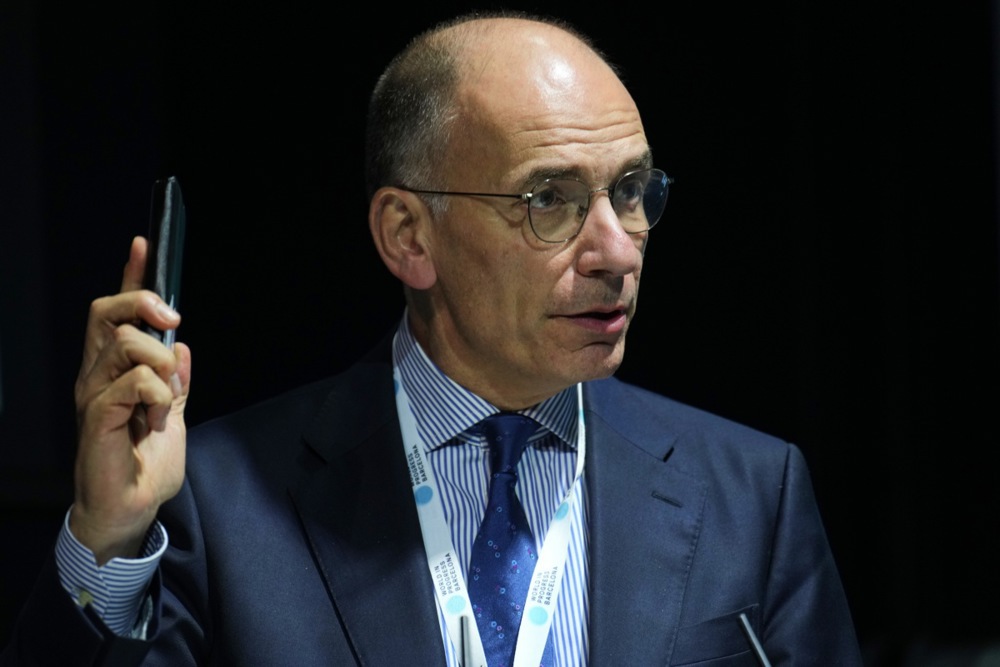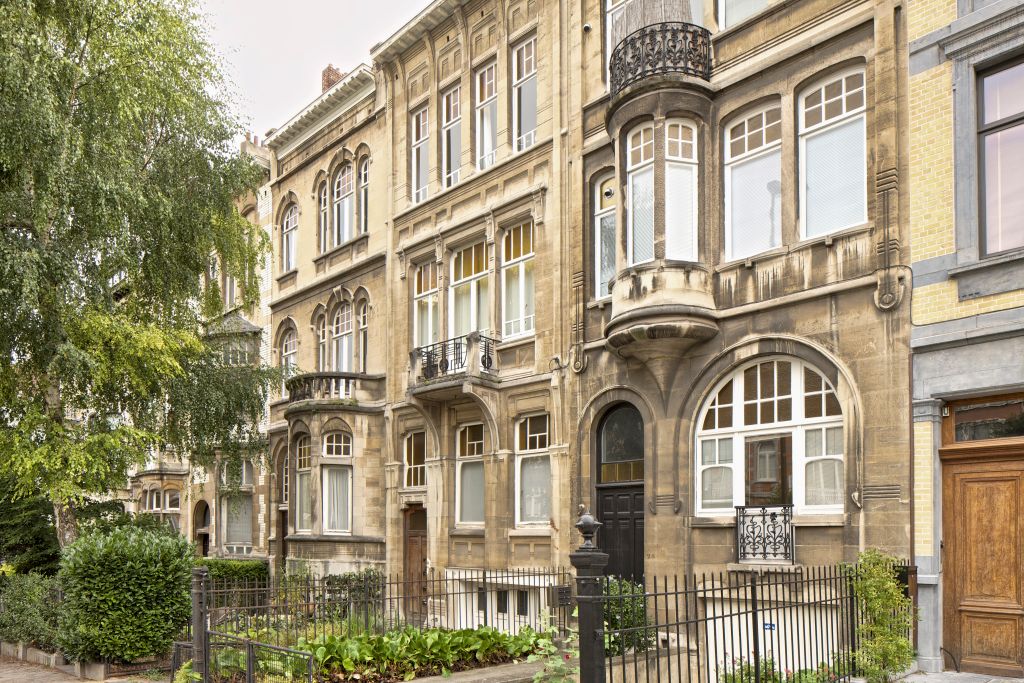Ireland has left the rest of Europe in the dust when it comes to job creation.
New figures from Eurostat, published on June 13 , showed that while employment across the European Union crawled up by just 0.1 percentage points in early 2025, Ireland recorded the biggest increase of any member state.
Ireland’s employment rate rose by 0.7 percentage points in the first quarter — seven times the EU average.
It marked a standout moment for a country that, not long ago, was best known for its post-2008 jobs crisis.
The EU-wide employment rate for people aged 20-64 rose to 76.1 per cent in the first quarter of 2025, up from 76 per cent at the end of 2024. That was a technical improvement but one that masked just how sluggish the bloc’s labour market remained.
Meanwhile, so-called labour market slack — a broader measure that included everyone who wanted to work more but could not — worsened, hitting 10.9 per cent.
In national figures published on May 23, the Irish Government confirmed that employment “continued to grow” through the first quarter, with gains across sectors and a strong pipeline of new jobs.
Enterprise minister Peter Burke hailed that as proof of the country’s “focus on fostering a vibrant economy,” while finance minister Paschal Donohoe called it evidence that Ireland was “on the right track.”
According to the European Commission’s Spring Economic Forecast for Ireland, published on May 15, job creation was being fuelled by “robust expansion in the domestic economy.”
With consumer spending strong and investment holding up, employers were hiring. Unlike many other EU economies, Ireland seemed less exposed to sluggish global trade or high borrowing costs.
The rest of Europe has not been so as lucky. “With a growth rate of just 0.8 per cent in 2024, the EU economy has remained subdued,” the EC noted in its broader Spring Forecast, also published on May 15.
Policymakers blamed high interest rates, lingering inflation and ongoing geopolitical tensions — particularly the economic fallout from Russia’s war in Ukraine and continued trade tensions with China and the US.
That has translated into a mostly flat labour market. Germany and France have seen job numbers plateau, while countries including Italy and Spain continued to grapple with high levels of unemployment and underemployment.
The Eurostat figures from June 13 pointed to another problem — the growing share of Europeans stuck in part-time or insecure work.
The rise in labour market slack showed that even those technically employed were not always getting the hours or income they needed. That indicated a sign of deeper structural issues — and another area where Ireland appeared to be faring better, at least for now.
Behind the positive Irish numbers was a mix of domestic demand, targeted public investment and strong performance in sectors including tech, construction and professional services.
According to the EC’s country-specific forecast, Ireland was also benefitting from high participation in the labour force — particularly among women and younger workers.
It was a rare bright spot in a year when most economic headlines in Europe have focused on stagnation, budget tightening and political turmoil.





